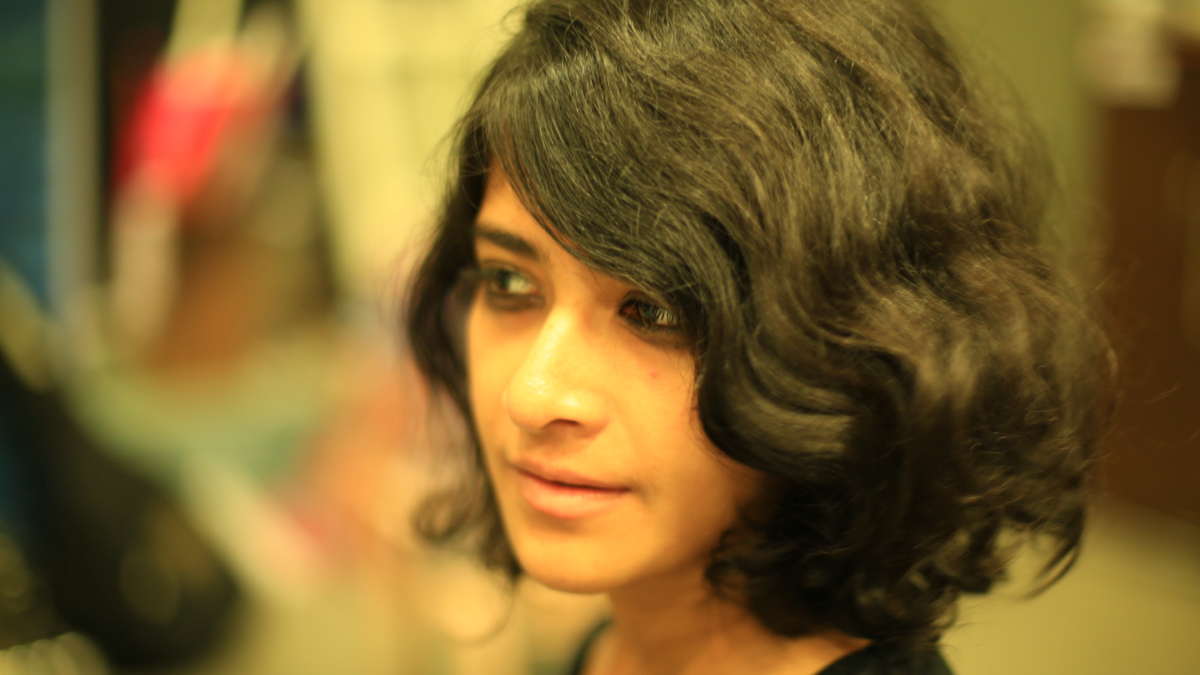The short film COVER UP explores the subconsciousness of a woman traveling alone at night in urban India through mixed media. By employing animated images, abstract visual aides, and a stripped-down voiceover, director Roshnee Desai has created a narrative that’s as compelling as it is captivating.
COVER UP was screened at AAIFF ’16 on July 23, 2016 as a part of the FOR YOUTH BY YOUTH Shorts program. Justine Shani of CineVue got a chance to interview Roshnee Desai, who wrote, directed, and edited the film.
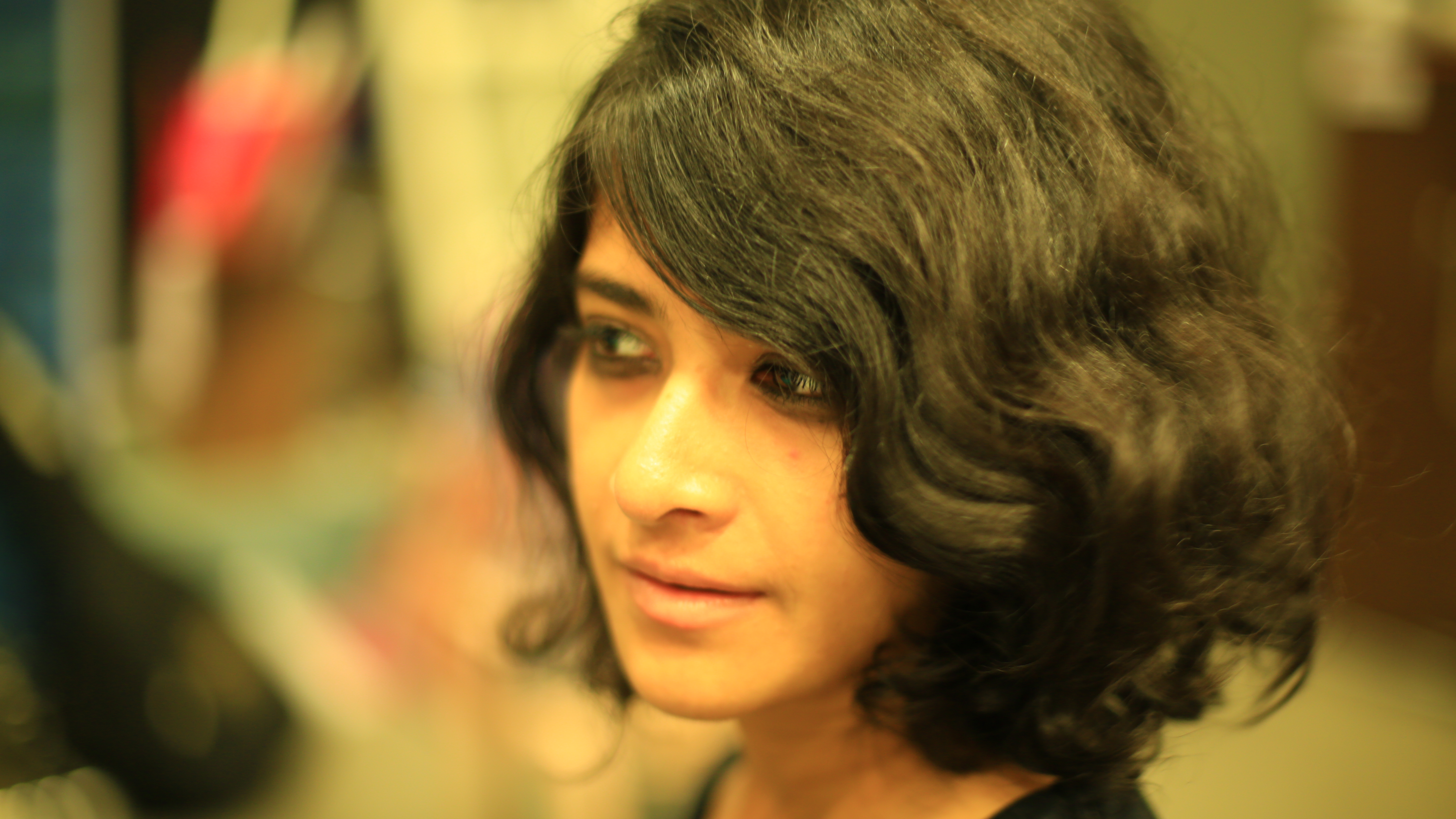
Roshnee Desai
Justine Shani: Can you talk a little about your background as an artist?
Roshnee Desai: I’m a multimedia artist from Mumbai. I started my career at MTV, where I did motion graphics. After seven years of working, I did my Master’s in Moving Image at the London College of Communications. This film was my thesis experiment about depicting the subconscious through the moving image.
JS: You work in a variety of different mediums. What draws you to filmmaking and animation, and how did you decide that this was the right medium in which to tell this story?
RD: I’m always attracted to telling stories through graphic design. At the core of it, I’m a designer, but I’m also a writer. I started off writing for MTV and for the local newspaper in Mumbai as a journalist.
For my Master’s, I studied how different mediums can affect the same story. COVER UP was first made into a graphic novel. The graphic novel’s script is the same, but the way it looks is very different from the film. You can have very abstract graphic elements and still get a very powerful story. For me the experiment was, how literal do you have to be to convey something that’s subconscious?
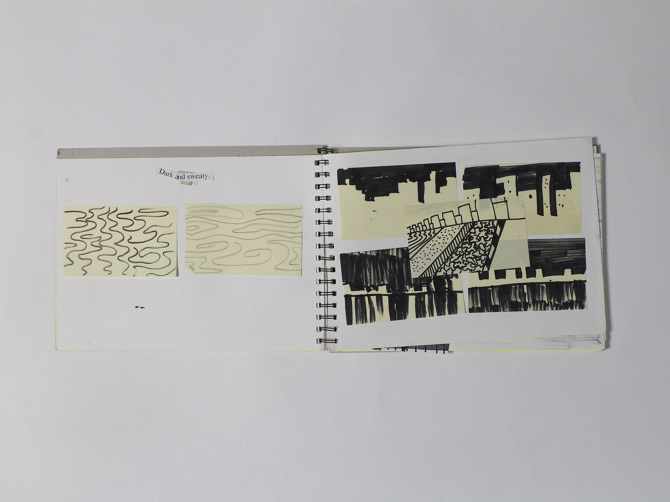
COVER UP was originally a graphic novel.
JS: What was your process making COVER UP?
RD: It’s easy to tell a story that is verbal. But when you have to convey a character’s thoughts, it’s such a difficult thing to do. I looked at the different ways that various mediums have been doing it for years, such as French Impressionist cinema, and Pointillism, Impressionism, and Surrealism in fine art. I wrote a 7,000 word thesis on that. And then, I was doing an M.A. in Moving Image, so I had to make a film to culminate all of these experiments.
There’s a technique in surrealism that Dali used, called ‘ghostwriting’. You take out a typewriter–I used my laptop–and you just type whatever comes into your head. I shut my eyes, and the first thing that came into my head was being back in India, traveling in the night and the thoughts going on in my head. The script just came out like that. I recorded it on my iPhone. It was a rough recording. And then I started animating over it. And then I started showing it to my professor and tutors, and they said, “Don’t make it too polished. This is subconscious, so it’s come out really rough, and it’s really powerful.”
For the images, I tore the script to pieces, and I stuck them in my book, and I took post-it notes and sketched the first thing that came into my head when I’d see certain words.
JS: Is the film based on your personal experience of feeling the need to cover up?
RD: Yes, absolutely. I thought Mumbai was fairly modern and free. Compared to the rest of India, it is a very forward city. When I moved to London, suddenly I felt freer than I was before. Simple things like wearing a crop top–somehow, I still can’t do it in Mumbai. In cities like London and New York, you just have the sense of anonymity and freedom. In Mumbai, I’m constantly thinking that people are looking at me, thinking, “Is my cleavage showing? Is my bra strap showing? Are my clothes too tight?” This sort of thing is always going on in my head, even though I don’t realize it is.
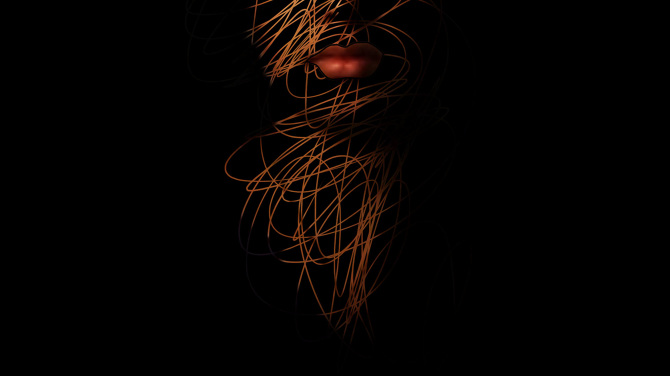
COVER UP
JS: When you made this film, were you worried about getting backlash from people in India who have more traditional views?
RD: I didn’t think the film would get out of my final degree show, honestly. I didn’t know so many people would watch it. It’s played on this channel called Being Indian, which is a very popular Indian YouTube channel. I was scared to upload it there. That channel has very, sort of, popular content. And this film was very niche in what it was saying, and also how it was saying it. All these people watching it are 15-24 year olds. I was very pleasantly surprised to see the comments that it got. They had these comments that were talking about the craft and the message.
What was most interesting for me was that even at the degree show in London and then afterward in India, the men who watch the film had this reaction of shock. They get quiet after watching it, and then they say, “Wow. I did not realize this.”
All the guys in India are trained to look after the girls, but they don’t really know how it feels. They could relate to the environment, but they didn’t know that this is what’s going on in a girl’s head. For me, that was really powerful that men could connect.
The women were like, “Oh, yeah. Of course. I know this.” Funnily, not just girls from India, but women from Taiwan, from Korea, even a French journalist who interviewed me said, “You know, what I feel the same when I’m traveling alone in the night in Paris.” That was something I didn’t expect.
JS: What’s next for you?
RD: I feel like I’ve found a medium that is interesting. This very lo-fi, low key, raw sort of medium, it seems powerful. So I’m thinking of how I can use this medium to tell more stories.
I’m very careful that all the projects that I pick are making a difference to the world. As a graphic designer, after this film, I designed a taxi that shows men how women feel when they travel alone.
I’m trying to pick projects that continue telling the story of the Indian girl in different ways.
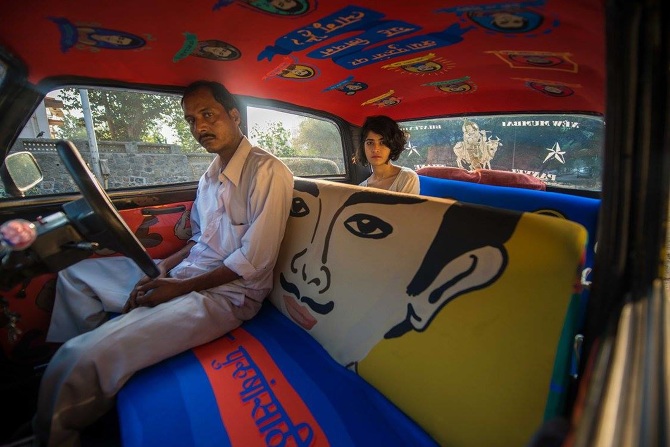
Desai designed a taxi that was meant for Indian men only. Written in Hindi on the inside of the taxi are rules that Indian women have to follow when traveling in public: “Do not sit in the front seat,” “Do not laugh too loudly,” and “Be careful not to show your bra strap.”
Find out more about Roshnee at RoshneeDesai.com.

